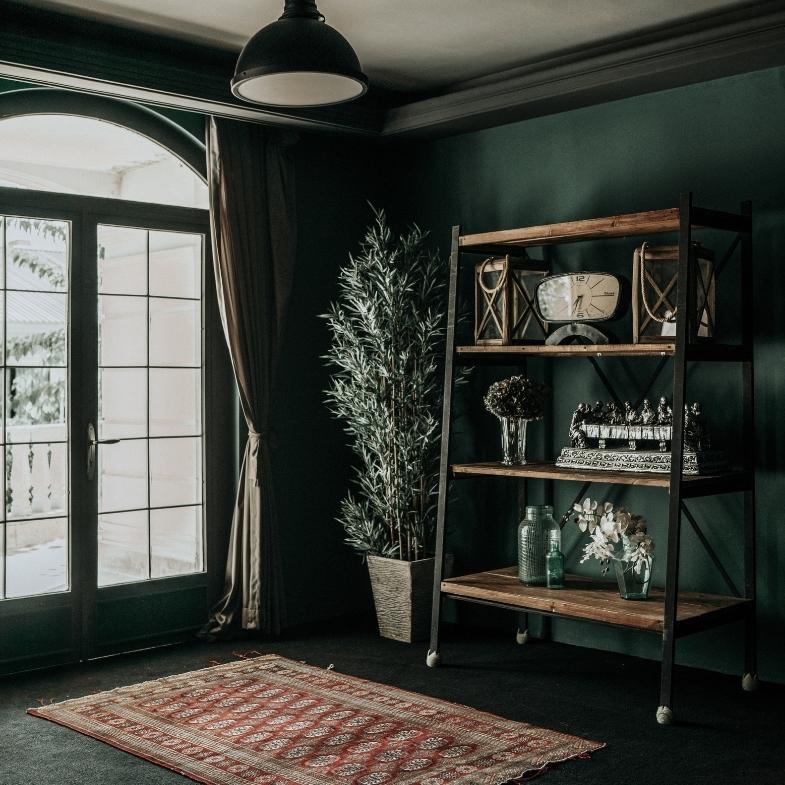Several paint companies have come out with a new product: self-priming paint. Is it any good? Does it really perform as well as primer and paint applied separately? I would have to say, probably not. Why probably and not definitely ? Because I am such a traditionalist, I will likely never even try the product… and so I will never be able to speak from experience on the subject. Why wouldn’t I try it? Because it doesn’t even make sense to me.
Paint is not primer, and primer is not paint, and mixing the two together does not make sense. The two products are formulated to do two different things. Paint is formulated to grab on to and sit on top of a surface that has a good “tooth.” Primer, on the other hand, is formulated to soak in to a surface and grab on to that surface while providing a good tooth for the paint to grab on to.
What is tooth? Tooth is way to refer to a materials ability to allow another material to grab it. Some think of it as an amount of coarseness. Paint will stick to a coarse or rough surface better than a smooth or glossy surface. So, flat or matte sheen paints have better tooth than semi-gloss or satin paints. Sort of like the way Velcro works. This is why we need to scuff sand any smooth or glossy surface before we paint it… to add tooth to the surface.
This is also why one is supposed to lightly scuff-sand in-between coats of paint. And it does not matter here whether we are talking paint or primer, one should always sand in-between coats of any product… if one wants to enjoy the benefits of proper adhesion. And remember that different primers have different levels of tooth, as well. Most primers have a flat finish, and excellent tooth, and I might not find it necessary to sand the primer before painting over it. However, if you are using a stain-blocking primer, that primer might dry to a satin or even eggshell sheen, and certainly needs to be sanded before paint will properly adhere to it. And if the stain is not blocked with one coat of primer, you should paint a second coat of primer, and sand the wall in-between coats.
Sanding in-between coats of material not only promotes adhesion, it gives the skilled mechanic an opportunity to correct any accidental drips, runs or sags. Do I ever drip paint? Of course not… I’m https://danfulwiler.com/wp-content/uploads/2022/11/Wallpaper-Wallpaper.jpg Fulwiler! Yeah, ha ha… I once had a customer brag to me about how her last painter didn’t use drop cloths… that he was so good, he never dripped, and did not need them. And all I could think to myself was, “Well… I’m human, and sometimes I drip, and so I will use drop cloths.” To this day I still think about how unprofessional it would be to claim to be so good, one did not need to use drop cloths… or masking of any type. I have always hated trying to remove paint from a surface it was not meant to hit, and so I am a big fan of drop cloths, and masking, and doing the work with the most traditional, time-tested methods and materials. And that includes using the correct primer, before doing the painting.
There are so many different primers, formulated to do so many different things… there is PVA Drywall Primer, Red Oxide Iron Primer, There is Rust-Inhibiting Primer, Masonry Conditioner, Block-Filler, Wood Primer, the list goes on and on and on. How on Earth can it make any sense to say we have a self-priming paint? I’ll never know, because I’ll likely never use it. I’m too much of a traditionalist.
https://danfulwiler.com/wp-content/uploads/2022/11/Wallpaper-Wallpaper.jpg say’s, “Stop trying to cut corners, and concentrate on doing it Right!”



